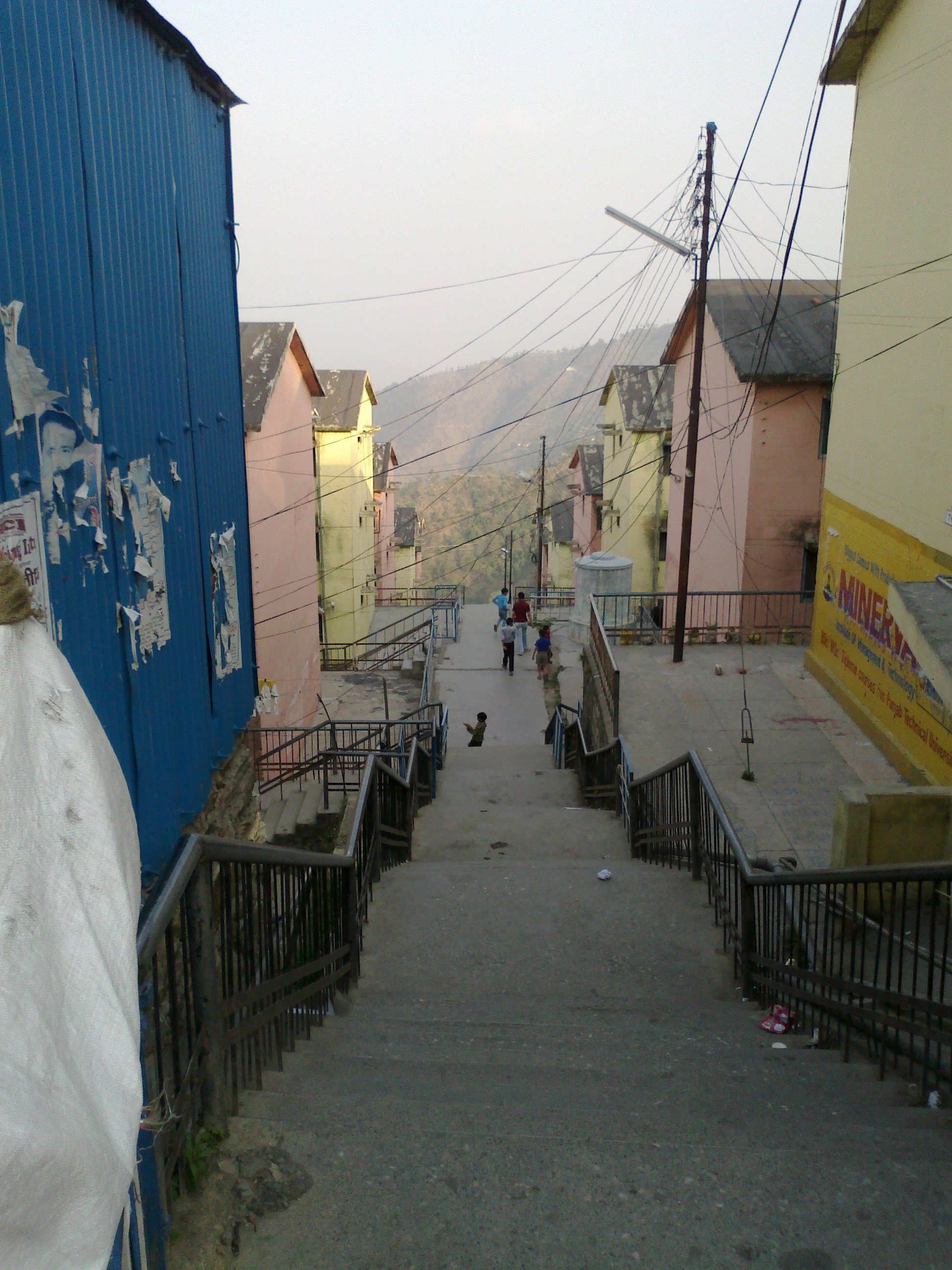The Great Indian Outage, stretching from New Delhi to Kolkata, comes just a day after 300 million people in northern India lost power for much of Monday.
It is a disaster that’s caused untold damage to India’s economy, its prestige, and its well-being – think of the millions of patients in hospitals, the commuters stuck on trains, and farmers in need of irrigation. Hundreds of miners in the states of West Bengal and Jharkand were trapped underground by the blackout. Some 300 trains were reportedly stalled across the country.
There’s more damage to come, I fear: Forces that have been bridling against environmental regulations and science-based activism will use the Great Outage as a cudgel to demolish future restraints on dam construction, coal mining, and other projects.
India’s humiliating power failure is sure to birth a slogan as reductive and wrong as America’s own “Drill Baby Drill.”

The irony is that this outage was likely caused in part by mismanagement at the Bhakra series of hydroelectric dams in Punjab and Himachal Pradesh states in northern India, according to Himanshu Thakkar of the South Asia Network on Dams, Rivers and People.
“Had these dams been operated more rationally, keeping in mind the emerging realities and forecasts, the situation in Northwest India would have been different,” Thakkar told me. “Higher [water] levels in these dams would have meant more power generation for each unit of water release and at the same time more water for agriculture, thus less water [for irrigation] pumped from aquifers, and thus less demand of power.”
Earlier this month, Thakkar’s organization published a short paper [pdf] criticizing dam administrators for allowing water levels to become alarmingly low.
Thakkar says the answer to India’s current power crisis isn’t more hydroelectric dams, as most currently existing dams aren’t built or operated for maximum efficiency. Instead, power can be saved by harvesting rainwater.
“Since most of our water is coming from groundwater, we need to store the rainfall in aquifers that are fast depleting,” he says. “This would have multiple spin-off benefits.” With healthier aquifers, farmers wouldn’t have to run electric-powered pumps as much to adequately irrigate their crops – a major drag on the power grid.
“More dams won’t help achieve that,” Thakkar says, adding that farmers should shift to less water-intensive crops. “It is amazing that, among all the crops, [acreage devoted to] sugarcane has gone up in this drought year!”
At the Center for Science and the Environment, Chandra Bushan provides some of the hard numbers behind today’s blackout, as well as a simple cause: Indian states are taking more power from the grid than they are supposed to, even as the power system lacks the flexibility to meet seasonal spikes in demand.
In this case, a weak and tardy annual monsoon has millions of households and businesses running their air conditioners for longer than they would under normal conditions. This from the CSE:
Electricity generation for the month of June illustrates this problem:
- In June 2012, India produced 8 per cent more electricity than in June 2011.
- The generation from thermal power plants was 11.4 per cent higher than in June 2011. Coal-based power plants generated 16.7 per cent more electricity.
- However, with low monsoon, the generation of electricity from hydropower plants reduced by 6 per cent compared to June 2011. In fact, hydropower plants produced 19 per cent lesser electricity in April-June, 2012 than the corresponding months in 2011. As hydro plants are also peak load plants, this reduction seems to have affected the peak power generation in the country significantly.
None of this logic – nor the many recent plans and ideas for improving the management and efficiency of India’s power grid – will make a difference to the contractors and bureaucrats in the “Build Baby Build” crowd that has much to gain from poorly-planned dam construction.

The debate over dams has become so silly that earlier this month a minister from the government of Uttarakhand state went on a one-day hunger strike to support more construction on the Himalayan tributaries of the Ganges River. Mantri Prasad Naithani’s constituency is in the region of Tehri Gahrwal, which was submerged a decade ago by the giant Tehri dam. Residents of the doomed town of Tehri were relocated to a “model town” higher up the valley to make room for the $1 billion, 1,000 megawatt hydroelectric dam’s reservoir.
When I visited New Tehri last year, power outages were commonplace.
But it’s brute force, not the rhetorical kind, that truly keeps this movement alive.
On June 22, the Indian environmentalist Bharat Jhunjhunwala was attacked in his home in Uttarakhand state by a gang of 40 thugs purportedly working for a contracting company. At the time of the attack, Jhunjhunwala, 62, had been hosting G.D. Agrawal, an eminent scientist turned swami who is also known as Gyan Swarup Anand. Agrawal was in the region to protest the coming submergence of the Dhari Devi Temple on the Alaknanda river by a hydroelectric project.
In full view of local police and journalists, the crowd kicked in Jhunjhunwalla’s door and blackened his face with ink. He and his wife were forced to flee the area.
“They threatened him that they will burn him alive in the house if he did not stop opposing the dams within two days,” according to an account by Jhunjhunwala’s family.
India’s power grid suffers from inertia on one hand and from destructive greed on the other. It doesn’t suffer from a shortage of dams.
* The correct number is closer to 323 million.

